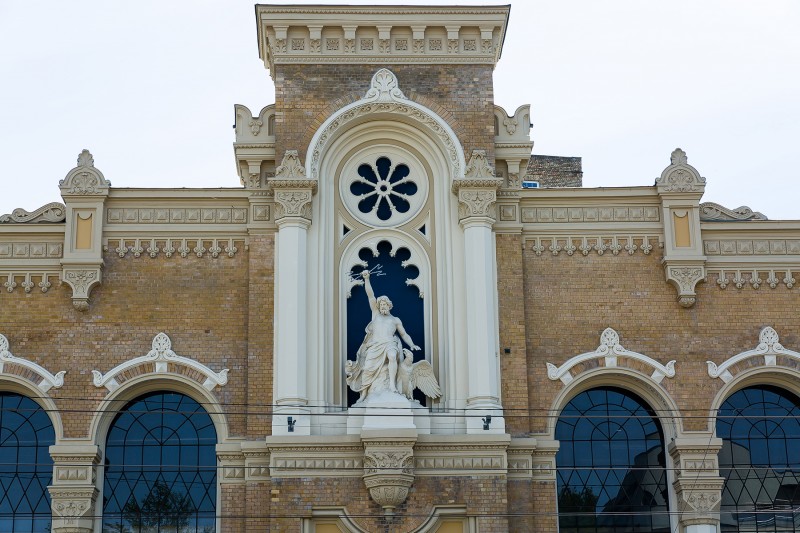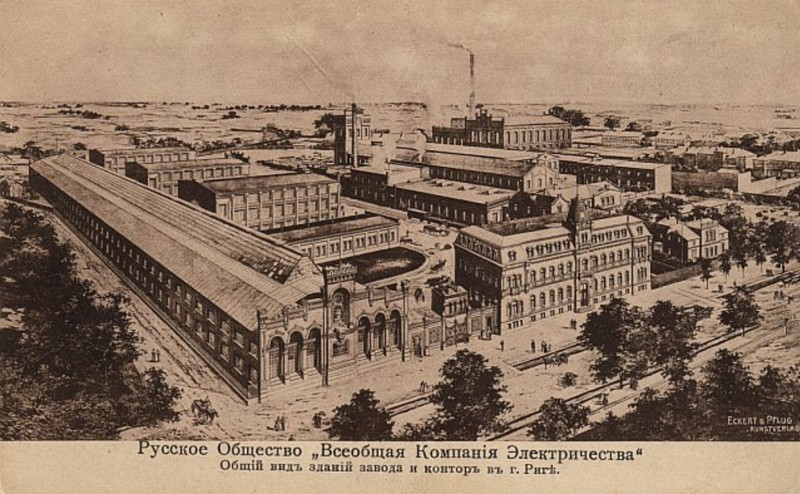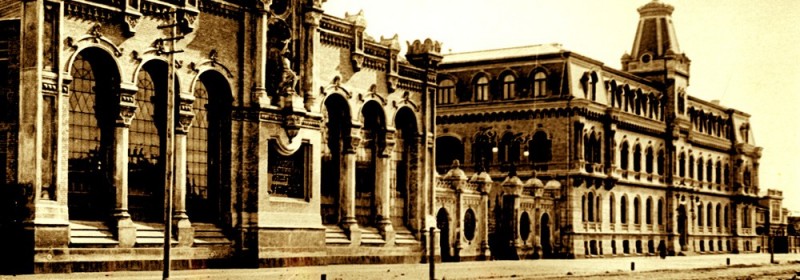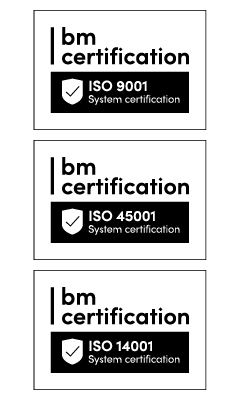Almost after a year of restoration works and 117 years since the moment of construction of the building, the facade of the world famous factory “VEF” regained its original historical appearance. The large-scale facade renovation works have been carried out in this building of eclectic style, which was built in 1899. These works have been entrusted to the masters of the enterprise AS “Būvuzņēmums Restaurators”.
[LBS id=1590]
The “VEF” forerunner in the tsarist Russia was the factory “Union”. It manufactured electrical machines, equipment for electric trams, electric meters, electrical equipment for warships, other electrical goods. Later manufacturing facility became the famous “VEF” (“Valsts Elektrotehniskā Fabrika” meaning “State Electrotechnical Factory”). During pre-war times, the aircraft prototype examples were manufactured here. Also the production of the famous “spy” camera “MINOX” began here. Especially popular became radios under “VEF” trademark. After World War II factory “VEF” became one of the largest radio and telephone switchboards (later – automatic telephone stations) manufacturers of the USSR.
[LBS id=1583]
Over time, buildings have changed their historical appearance. Until nowadays they got in a deserted and uncared condition. In addition, during the Soviet period, uncoordinated architectural additions, water gutters and various metal structures were built in the front of the building. Therefore, AS “Buvuzņēmums Restaurators” work in this facility began with dismantling of incompatible buildings and constructions, which then was followed by a careful restoration work.
[LBS id=1567]
(Photos before the restoration – architectural firm SIA “Zenico Project”)
The building structures that had lost their bearing capacity were rewalled-up in the process of facade restoration, and the walls were put in order according to their original appearance. The facade of the Ūnijas Street suffered most of all. After the fire in the last years of the Soviet occupation it was walled-up with low-quality frost unresistant bricks. Several pilasters at the gate almost completely lost their resilience and threatened to collapse. Architects developed special reinforcement solutions in these places. The original roof eaves, which were heavily damaged during the past few years when the building had not been used and was left without a roof, were also restored.
[LBS id=1548]
Restorers renewed the pilasters grades of the brick facades in accordance with the historical image. The cornice towers were manufactured anew and installed, but after the masonry renewal the restored 0.7 mm tin roofs were placed on them. Also hydrophobization, or protection against weathering of the masonry facade surface was made. Stone plastered surfaces were painted with specially selected shades in order to match the building’s authentic look. The historical sculpture of Zeus was also restored.
[LBS id=1535]
(Photos before the restoration – architectural firm SIA “Zenico Project”)







